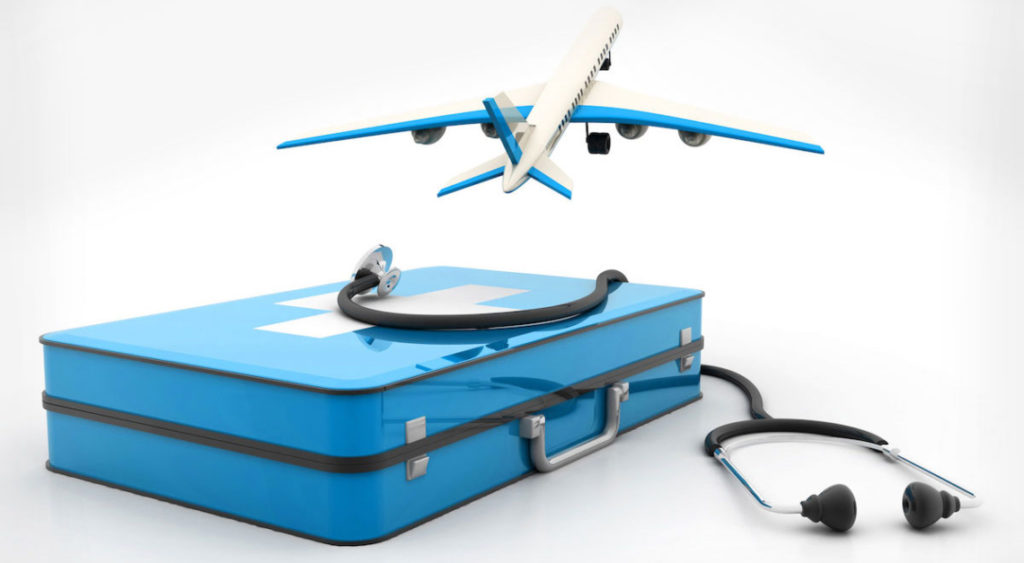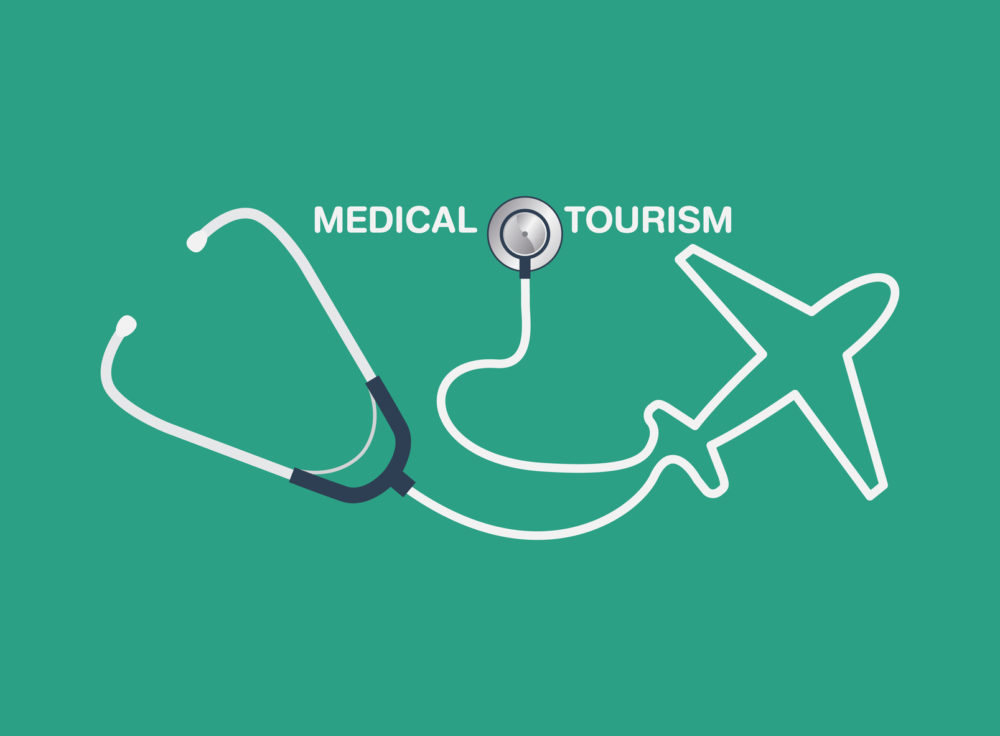Health tourism isn’t a new concept and has been around for thousands of years. It seems that people in Mesopotamia went to the temple of a healing god/goddess in Syria for healing eye conditions. Romans and Greeks would also travel by boat or on foot to spas from the Mediterranean. Nowadays, people go to Mexico or in places all over the world to benefit from medical treatments, which is why we talk about health tourism.
How to describe health tourism in a nutshell?

Image source: expatica.com
Health tourism is still tourism, but people travel to other countries for benefitting medical assistance or treatment. It includes services connected to tourism, such as accommodation, transport, and hospitality. Medical tourism, wellness tourism, and spa tourism are also considered to be health tourism. There are both similarities and differences between every category, so keep reading for the details.
Wellness tourism, for instance, is a broad concept, and it can be quite different from one country to another. For example, wellness in southern Europe is related to the seaside, the slower rhythm of like, and the Mediterranean diet. In Scandinavia, wellness is focused on outdoor activities such as swimming or walking.
Frankly, the definition of health tourism isn’t clear, which makes it tricky to include it in tourism statistics. It becomes very challenging to measure the growth, importance, and the effect of health tourism on the entire industry and economy.
What makes people look for healthcare elsewhere?

Image source: broadhavenassociates.com
There are many reasons for which people travel for healthcare. The lower cost, the high-end amenities, the customized programs, and the possibilities of trying treatments that aren’t available in your country are some of the most important to name.
Here are the most significant reasons for which people in the US travel in other countries for treatment:
1. People look more often for alternative healing options
People switching from conventional medicine to alternative therapies is no news. More and more people are choosing holistic therapies for addressing all kinds of health conditions, from depression or anxiety to lupus and even cancer.
Holistic treatments see the patient, and not the symptoms, and the efforts focus on healing body, mind, and soul. Within a comprehensive healing center, patients have the chance to choose from a significant number of therapies, such as yoga, meditation, and tai chi. Innovative technologies such as HBOT therapy, stem cell therapy, telomere repair, and DNA repair are only some to find in reputed luxury healing centers.
For instance, at The Holistic Sanctuary on the Pacific coast, you get to benefit the methods above, within a customized program designed for your health condition, personality, and particularities. The organic-no GMO diet, along with the daily massages and IV vitamin drips, sustains one’s treatment. The ratio of professionals to the patient is five to one, so everybody gets professional supervision 24/7. Add the fantastic high-end amenities and astonishing location, and you get to understand why people have a better chance of healing than in a dark, grey, universal and limited program within a conventional center anywhere in the US.
2. The expenses for healthcare in the US are too high

Image source: afinoz.com
Unfortunately, many people don’t go to the doctor since they don’t know how much it’s going to cost them. It’s quite common for people not to go to the doctor as they worry about the high spending, ending up worsening their condition.
Looking elsewhere for more affordable and more efficient healthcare comes naturally to many. The cost of healthcare is incredibly high in the US, which is why so many citizens travel to other countries for medical treatments. Countries outside the US saw the opportunities, making healthcare treatments more accessible and lowering the spending for foreign patients. Moreover, there are fewer regulations and barriers to innovative therapies or sacred plant medicine, even if the safety of patients is never sacrificed.
For instance, the American people look for affordable dental procedures in countries such as Taiwan or Mexico. People end up paying in the US for several roots canals as much as paying for the flights and the systems outside the US it’s perfectly understandable why border towns between the US and Mexico have a high number of dentists. There’s a dental crisis happening in the US, causing US citizens to cross the border to find lower-priced care.
3. Not all areas provide proper care
There’s also the case of regions where the surgery or special care cannot be delivered within their home country. It’s medical tourism where people travel for consideration on the cause of limited availability. Some rare illnesses or surgeries need incredible knowledge, and there is no physician available within one’s country.
The request for a specialist is frequent, leading to the development of ambulance flight systems that address only this sort of travel. When a patient needs particular treatment for an organ transplant, the air ambulance will take it outside the country.
Sadly, plenty of people living in rural regions and away from urban healthcare centers will need to travel a long distance for a specialist. They may have to travel by car or by train, and even by plane if their country doesn’t provide the care they need.
4. People in the US don’t benefit the same treatment

Image source: theluxurysignature.com
Sometimes, it’s the celebrities talking about the difficulties and downsides of the healthcare system in the US. For instance, it was Beyonce Knowles and Serena Williams that highlighted the significant problems related to natural childbirth, with so many women dying from complications. Unfortunately, the rate of women dying during or after pregnancy is higher than in other developed countries. Knowles and Williams spread the word about the incredible reality of women giving birth across the US.
There’s also an increasing need for culturally enabled healthcare. The National Women’s Law Center notes that black patients have a higher risk of secondary care due to their race. Therefore, a new black mother won’t benefit the same amount of time as a white mother. Her concerns or pains may also be undermined and dismissed by doctors. It makes perfect sense for black women to look elsewhere for healthcare. Traveling as a person of color both inside and outside the US brings its challenges, and the purpose of the healthcare system should be to lower the tress connected with finding care elsewhere.

















